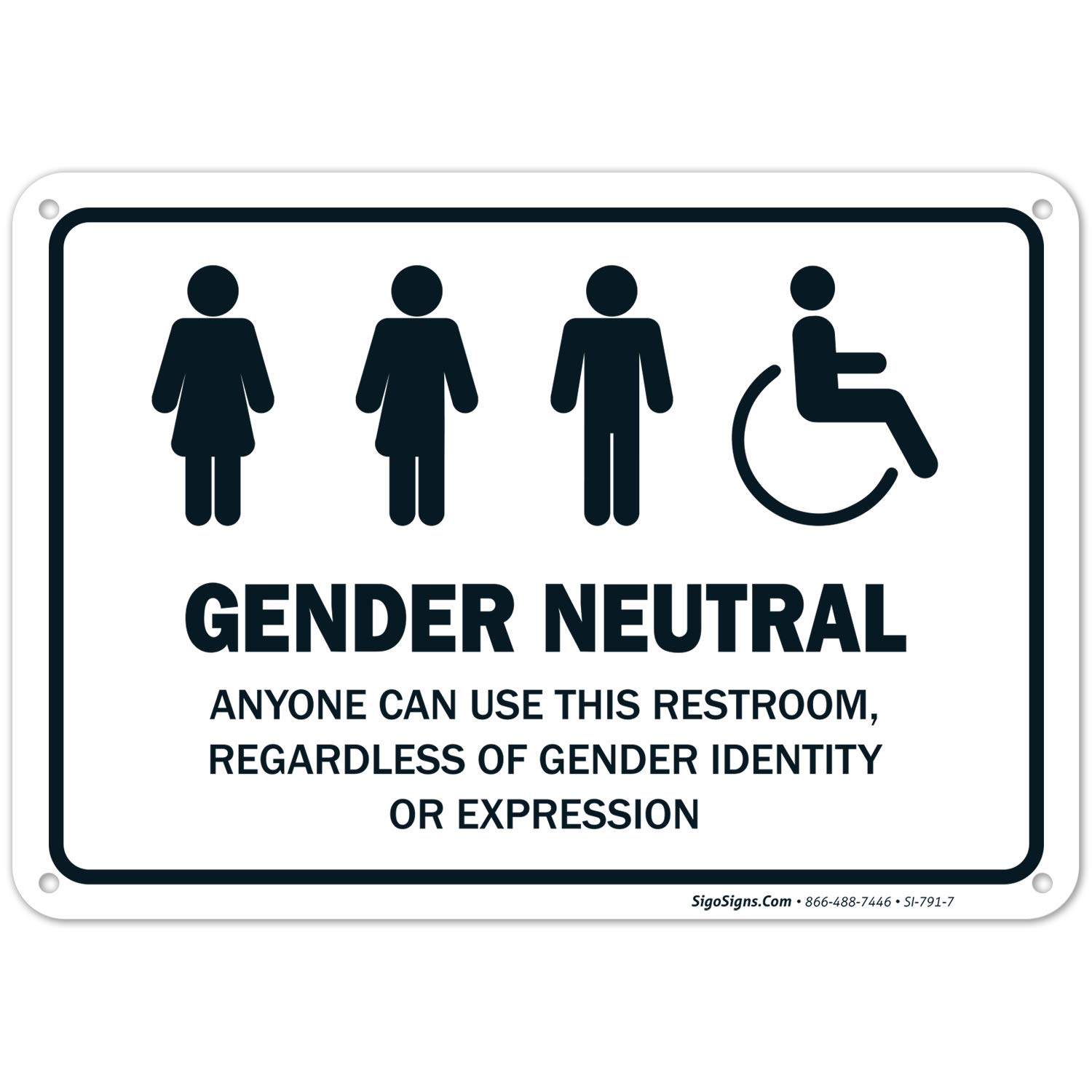In today’s inclusive world, it is crucial to communicate respectfully and avoid making assumptions about someone’s gender. This article shares a handful of valuable tips to help you draft polite and considerate emails, fostering an environment of understanding and acceptance.
Understanding Misgendering

Misgendering occurs when someone is referred to or addressed by the wrong gender pronoun. This can be hurtful and disrespectful, especially for transgender individuals. To avoid misgendering in your emails, it is important to pay attention to the preferred gender pronouns (he/him, she/her, they/them) of the person you are communicating with. If you make an error, acknowledge and apologize for the mistake promptly. For example, if you accidentally refer to someone as “he” when they identify as a woman, quickly correct it by saying “she.
” It is crucial to show respect and understanding towards gender identity in your email communication.
The Effects of Misgendering on Individuals
Misgendering, or using incorrect gender pronouns, can have significant negative effects on individuals. Transgender individuals, in particular, may experience feelings of invalidation and distress when their gender identity is not respected. This can lead to increased levels of anxiety, depression, and overall dissatisfaction. When addressing someone via email, it is crucial to be mindful of their preferred gender pronoun and avoid making assumptions based on appearance or name.
If an error occurs, it is important to promptly apologize and correct the mistake. Using a polite and respectful tone in your email communication can help create a more inclusive and supportive environment for everyone.
The Importance of Pronoun Awareness
Pronoun awareness is crucial when sending polite emails. In today’s inclusive society, using the correct pronouns shows respect for individuals’ gender identities. This sensitivity helps create a welcoming and inclusive environment. When addressing someone, it’s important to use their preferred gender pronoun, which they may have specified in their email signature or introduction.
Avoid assuming someone’s gender based on their name or appearance. If unsure, it’s best to use gender-neutral pronouns like “they” or “their. ” Additionally, double-check your salutation to ensure it is appropriate and respectful. Avoid using terms like “lady” or “sir” unless explicitly requested.
If you make a typographical error in a pronoun, apologize and correct it promptly.
Appropriate Responses to Being Misgendered
When responding to being misgendered in an email, it is important to remain calm and professional. Begin by addressing the person by their correct gender and politely point out the mistake. For example, if they referred to you as “Sir” but you identify as female, you can say, “Thank you for your email. Just a quick note, I actually identify as a woman, so it would be more appropriate to address me as ‘Ms. ‘ or ‘Miss’.
” Avoid being confrontational or aggressive in your response.
Addressing Misgendering in Professional Settings
When it comes to addressing misgendering in professional settings, it is important to handle the situation with grace and clarity. Begin by acknowledging any typographical errors that may have occurred, if applicable. In your response, ensure to use a respectful and inclusive salutation that does not assume or misgender the recipient. Politely and directly request that they use the correct pronouns and provide the reason behind your request, such as personal identity or respect for others.
Keep the message concise and to the point, focusing on the correction rather than dwelling on the mistake. By being proactive and polite, you can foster a more inclusive and respectful professional environment.
Summarizing Thoughts on Gender Respect
When it comes to gender respect in emails, it is important to be mindful and avoid making assumptions. Polite email tips can help correct any unintentional gender assumptions and ensure respectful communication. Pay attention to the person’s preferred pronouns and use them correctly throughout the email. If you make a typographical error or assume someone’s gender incorrectly, apologize and correct it immediately.
Crafting Sincere Apologies
Crafting sincere apologies for gender assumptions in emails is essential for maintaining respectful communication. Start by acknowledging the mistake and taking responsibility for any offense caused. Use a polite tone and avoid defensive language to show genuine remorse. Clearly explain the reason behind the assumption, emphasizing that it was unintentional. Assure the recipient that their gender does not define their value or abilities. It’s important to apologize sincerely, without making excuses or minimizing the impact of the mistake.
Engaging in Polite Correction
When engaging in polite correction, it’s important to choose your words carefully. Begin by expressing appreciation for the individual’s message or input. Then, politely address any gender assumptions that may have been made. Use neutral language and avoid assumptions yourself. For example, instead of using “lady” or “gentleman,” opt for a more inclusive term like “person” or “individual.
” Be direct but kind, and offer an alternative perspective or clarification.
Guidance for When You’re Misgendered

– How misgendering can be hurtful and invalidating
– The importance of respectful communication
– Tips for politely correcting gender assumptions
– The power of using inclusive language
– Recognizing that mistakes happen and giving people the benefit of the doubt
– The significance of creating a safe and inclusive environment for everyone.
Coping with the Discomfort of Misgendering

Coping with the discomfort of misgendering can be challenging, but it’s important to address it in a polite and respectful manner. When receiving an email with incorrect gender assumptions, take a moment to gather your thoughts and remain calm. Start by acknowledging the sender’s intention and expressing gratitude for their message. Use assertive language when correcting their assumption, politely stating your preferred pronouns.
If you feel comfortable, provide educational resources or direct them to your email signature where you include your pronouns.
Strategies for Allies to Correct Mistakes
– Using inclusive language
– Acknowledging and apologizing for mistakes
– Educating oneself on gender diversity
– Listening to feedback from marginalized individuals
– Taking responsibility for actions and learning from them
– Engaging in open and respectful conversations
– Amplifying marginalized voices
– Avoiding defensive or dismissive responses
– Being mindful of unconscious biases
– Supporting and advocating for gender equality initiatives.
Navigating Gender Assumptions in Communication
– Gender biases in communication
– Stereotypes and assumptions
– Unconscious bias
– Gender-neutral language
– Correcting assumptions politely
– Building inclusive communication
Fostering Inclusive Language at Work

– The importance of inclusive language in the workplace
– The negative impact of gender assumptions
– Tips for using gender-neutral language in emails
– Examples of gender-neutral language replacements
– Encouraging employees to use inclusive language in all forms of communication
The Role of Empathy in Gender Discussions
– Importance of empathy in effective communication
– Common gender assumptions and stereotypes
– The impact of gender assumptions on individuals
– Ways to address and correct gender assumptions in email communication
– The role of empathy in fostering understanding and respect
– Tips for using inclusive language and avoiding gender assumptions in emails
Content:
When engaging in gender discussions, empathy plays a crucial role. It allows us to understand and connect with the experiences and perspectives of others, fostering a more respectful and inclusive dialogue. Gender assumptions and stereotypes often hinder effective communication, leading to misunderstandings and perpetuating biases. To address and correct these assumptions in email communication, it is essential to approach discussions with empathy. Using inclusive language and avoiding gendered assumptions can help create a more welcoming environment. By considering others’ feelings and experiences, we can navigate gender discussions with sensitivity and respect.
The Etiquette of Pronoun Usage
– Correct pronoun usage
– Gender assumptions
– Polite email tips
In email communication, it is essential to be mindful of pronoun usage to avoid making gender assumptions. When addressing someone, start by using their preferred pronouns. If you are unsure, it is polite to ask or use gender-neutral pronouns such as “they/them.” Additionally, avoid making assumptions about someone’s gender based on their name or appearance. Instead, let individuals self-identify and respect their chosen pronouns. When writing emails, take the time to proofread and double-check for any unintentional gender assumptions. By using inclusive language and being respectful of pronoun preferences, you can create a more inclusive and welcoming email environment.
Correcting with Courtesy and Respect
When correcting gender assumptions in emails, it is crucial to approach the situation with courtesy and respect. By doing so, you can effectively address the issue without causing offense or creating tension. Begin by acknowledging the individual’s intention and thanking them for their message. Then, politely and confidently correct any gender assumptions by using inclusive language. Emphasize the importance of using gender-neutral terms and avoiding stereotypes.
Offer additional resources or examples to support your correction and encourage open dialogue.
Advice for Handling Gender Errors
– Common gender assumptions
– Importance of addressing gender errors
– Tips for handling gender errors in emails
– Using inclusive language
– Politely correcting assumptions
– Offering resources for education and understanding
– Emphasizing the importance of respectful communication
Creating a Supportive Environment for All Genders
– Unconscious bias
– Inclusive language
– Gender-neutral pronouns
– Respectful communication
In order to create a supportive environment for all genders, it is important to be conscious of unconscious biases that may influence our assumptions. One way to do this is by using inclusive language in our emails. Avoid making assumptions about someone’s gender and instead use gender-neutral terms. If you are unsure, it is always respectful to ask someone for their preferred pronouns. Additionally, being mindful of our language and tone in emails is crucial for fostering a respectful and supportive atmosphere.

